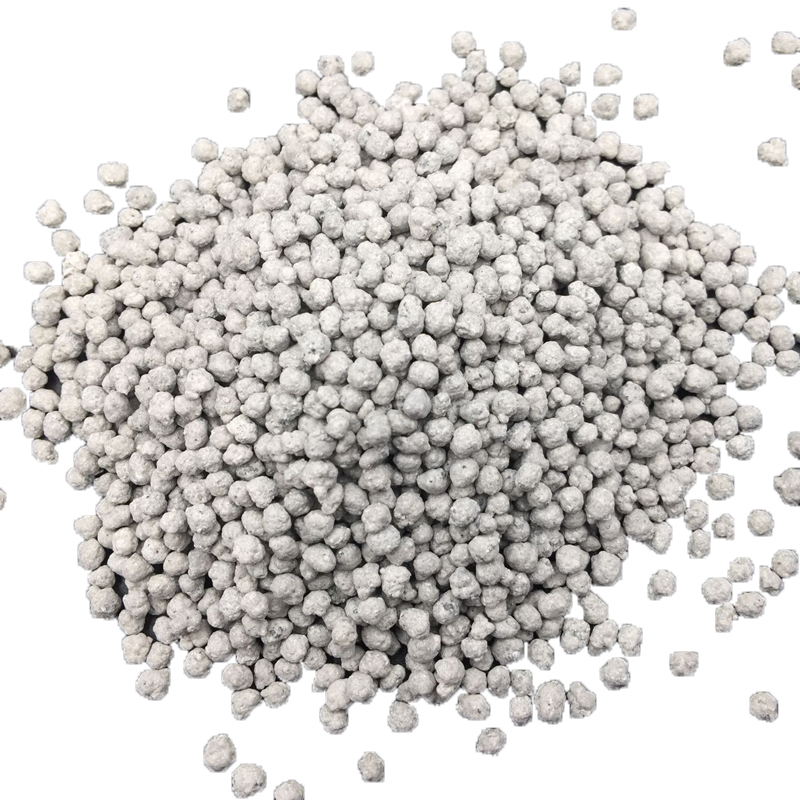
Hul . 26, 2024 04:14 Back to list
Exploring the Benefits and Applications of Premium Quality Humic Acid for Soil Health and Agriculture
The Benefits of High-Quality Humic Acid
Humic acid, a major component of humic substances found in soil, peat, and organic matter, plays a pivotal role in maintaining soil health and enhancing plant growth. Sourced from decomposed organic material, high-quality humic acid is considered a natural product that offers a multitude of benefits for agriculture, horticulture, and environmental remediation. This article delves into its properties, advantages, and applications.
Understanding Humic Acid
Humic acid is a complex mixture of organic compounds resulting from the breakdown of plant and animal matter. Its high molecular weight and unique structure endow it with remarkable characteristics that greatly influence soil chemistry and biology. High-quality humic acid is rich in functional groups, such as carboxyl and phenolic groups, which contribute to its ability to bind with nutrients, water, and other essential minerals.
Enhancing Soil Structure
One of the defining features of high-quality humic acid is its ability to improve soil structure. It helps flocculate soil particles, promoting the formation of aggregates. This process leads to improved aeration and drainage, allowing roots to access oxygen and water more efficiently. Enhanced soil aggregation also reduces erosion, making high-quality humic acid an essential ingredient for sustainable land management.
Nutrient Retention and Availability
High-quality humic acid has a remarkable capacity to retain nutrients within the soil. Its negative charge allows it to bind positively charged nutrients, preventing them from leaching away with water. This means that crucial fertilizers, such as potassium, calcium, and magnesium, remain available to plants for longer periods. As a result, farmers can reduce their reliance on chemical fertilizers, leading to cost savings and lower environmental impact.
high quality humic acid

Moreover, humic acid enhances nutrient uptake by plants. It improves root development and promotes the proliferation of beneficial microorganisms in the rhizosphere, further facilitating nutrient absorption. Studies have shown that crops treated with humic acid exhibit increased yields, demonstrating its effectiveness as a natural growth promoter.
Water Retention and Drought Resistance
Another significant benefit of high-quality humic acid is its ability to improve water retention in soils. Humic acid molecules have hygroscopic properties, meaning they can attract and hold water molecules. This is particularly beneficial in arid and semi-arid regions, where water scarcity is a pressing concern. By ameliorating soil moisture levels, humic acid helps plants withstand drought conditions and maintain optimal growth throughout the growing season.
Environmental Remediation
Beyond agriculture, high-quality humic acid plays a vital role in environmental remediation. Its natural chelating properties enable it to bind with heavy metals and toxins in contaminated soils, reducing their bioavailability and toxicity. This application is crucial in rehabilitating polluted sites, as humic acid can facilitate the natural recovery processes of the ecosystem.
Conclusion
In conclusion, high-quality humic acid is a valuable resource for modern agriculture and environmental sustainability. Its multifaceted benefits, including enhanced soil structure, nutrient retention, improved water management, and potential for environmental remediation, underscore the importance of incorporating this organic compound into farming practices. As the world faces challenges such as soil degradation and climate change, leveraging high-quality humic acid presents a promising strategy for fostering agricultural resilience and fostering a healthier planet. Whether for commercial farming or home gardening, integrating humic acid will undoubtedly lead to more productive and sustainable outcomes.
-
Organic 10-10-10 Fertilizer | Balanced Plant Nutrients
NewsJul.31,2025
-
Premium Amino Acid Fertilizer | Rapid Plant Growth Booster
NewsJul.31,2025
-
10 10 10 Fertilizer Organic—Balanced NPK for All Plants
NewsJul.30,2025
-
Premium 10 10 10 Fertilizer Organic for Balanced Plant Growth
NewsJul.29,2025
-
Premium 10 10 10 Fertilizer Organic for Balanced Plant Growth
NewsJul.29,2025
-
Premium 10 10 10 Fertilizer Organic for Balanced Plant Growth
NewsJul.29,2025
